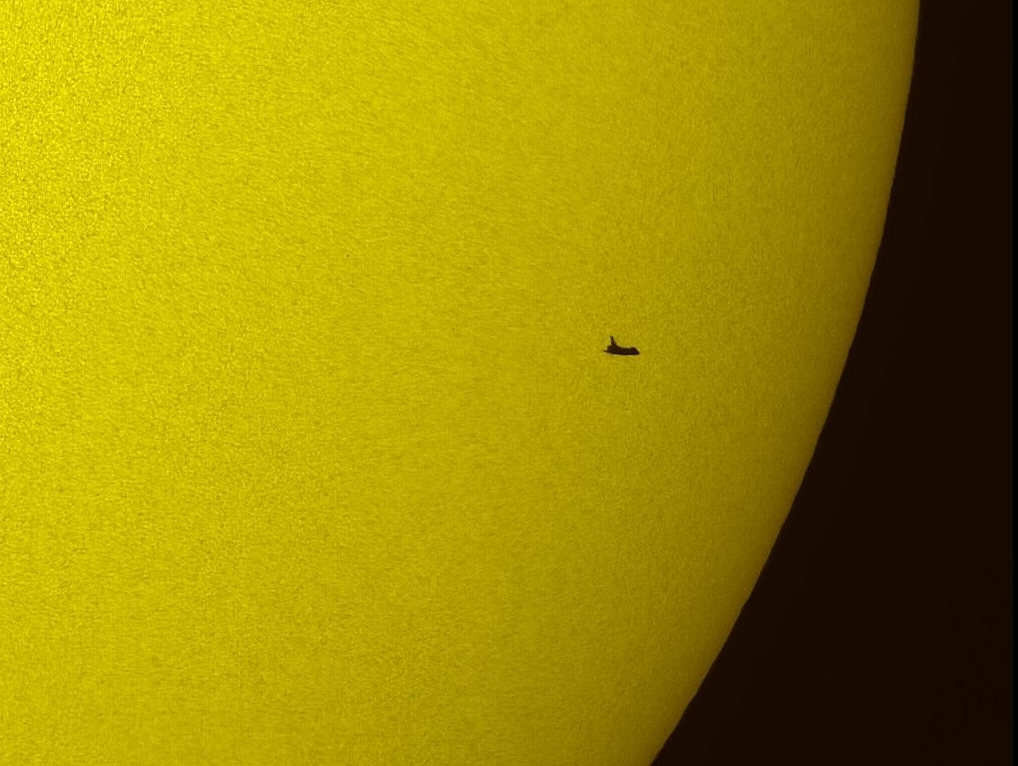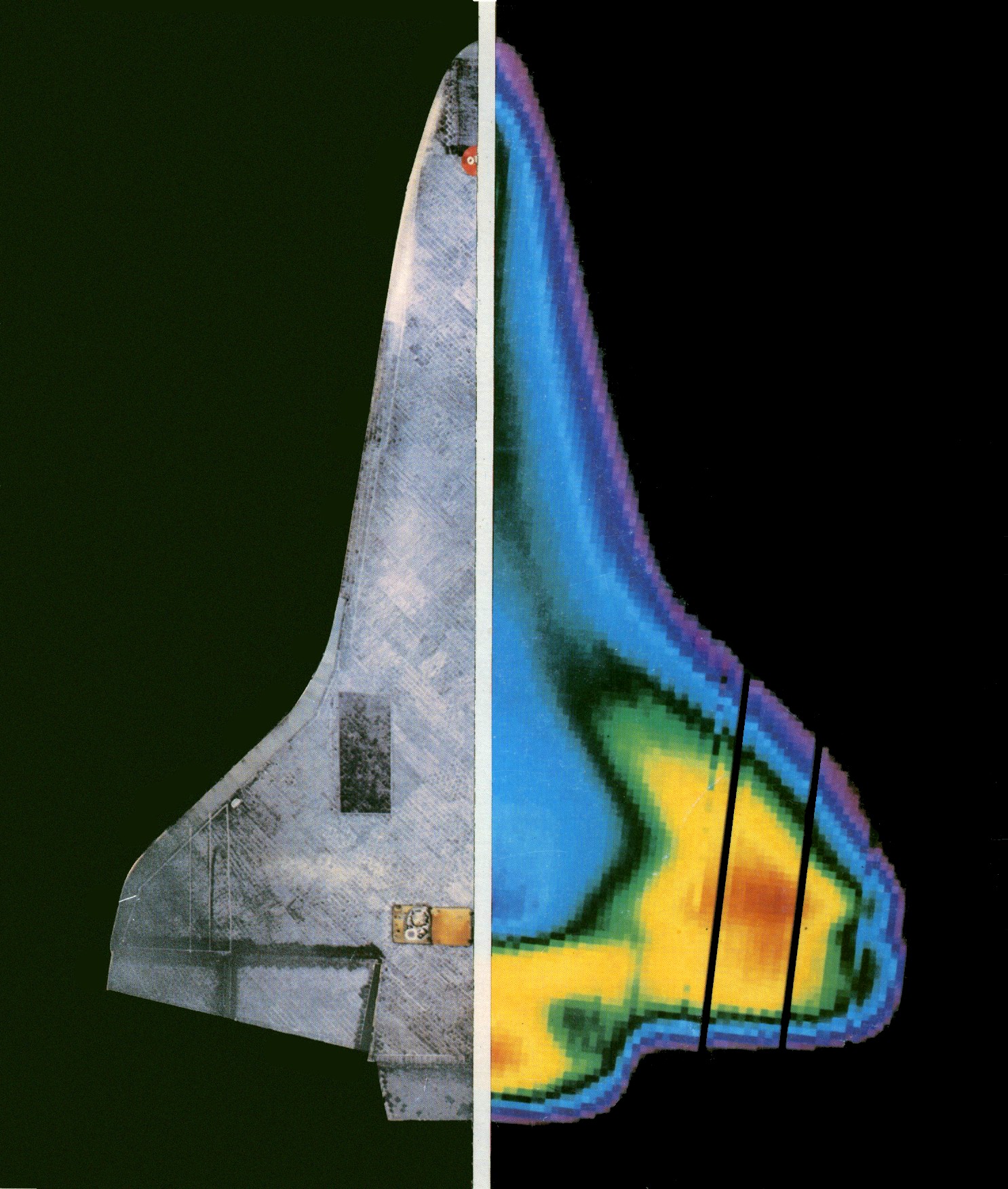|
STS-38
STS-38 was a Space Shuttle mission by NASA using the Space Shuttle ''Atlantis''. It was the 37th shuttle mission, and carried a classified payload for the U.S. Department of Defense (DoD). It was the seventh flight for ''Atlantis'' and the seventh flight dedicated to the Department of Defense. The mission was a 4-day mission that traveled and completed 79 revolutions. ''Atlantis'' landed at Kennedy Space Center's Shuttle Landing Facility's runway 33. The launch was originally scheduled for July 1990, but was rescheduled due to a hydrogen leak found on during the STS-35 countdown. During a rollback to the Orbiter Processing Facility ''Atlantis'' was damaged during a hail storm. The eventual launch date of November 15, 1990, was set due to a payload problem. The launch window was between 18:30 and 22:30 EST. The launch occurred at 18:48:13 EST. Crew Crew seating arrangements Preparations and launch The launch occurred on November 15, 1990, 18:48:13 EST. It was orig ... [...More Info...] [...Related Items...] OR: [Wikipedia] [Google] [Baidu] |
Space Shuttle Atlantis
Space Shuttle ''Atlantis'' (Orbiter Vehicle designation: OV‑104) is a Space Shuttle orbiter vehicle which belongs to NASA, the spaceflight and space exploration agency of the United States. ''Atlantis'' was manufactured by the Rockwell International company in Southern California and was delivered to the Kennedy Space Center in Eastern Florida in April 1985. ''Atlantis'' is also the fourth operational and the second-to-last Space Shuttle built. Its maiden flight was STS-51-J made from October 3 to 7, 1985. ''Atlantis'' embarked on its 33rd and final mission, also the final mission of a space shuttle, STS-135, on July 8, 2011. STS-134 by ''Endeavour'' was expected to be the final flight before STS-135 was authorized in October 2010. STS-135 took advantage of the processing for the STS-335 Launch on Need mission that would have been necessary if STS-134's crew became stranded in orbit. ''Atlantis'' landed for the final time at the Kennedy Space Center on July 21, 2011. By th ... [...More Info...] [...Related Items...] OR: [Wikipedia] [Google] [Baidu] |
STS-35
STS-35 was the tenth flight of Space Shuttle ''Columbia'', the 38th shuttle flight, and a mission devoted to astronomical observations with ASTRO-1, a Spacelab observatory consisting of four telescopes. The mission launched from Kennedy Space Center in Florida on December 2, 1990. Crew Backup crew Crew seating arrangements Crew notes Prior to the ''Challenger'' disaster, this mission was slated to launch in March 1986 as STS-61-E. Jon A. McBride was originally assigned to command this mission, which would have been his second spaceflight. He chose to retire from NASA in May 1989 and was replaced as mission commander by Vance D. Brand. In addition, Richard N. Richards (as pilot) and David C. Leestma (as mission specialist), were replaced by Guy S. Gardner and John M. Lounge respectively. Fifty-nine year-old Brand was the oldest astronaut to fly into space until F. Story Musgrave, 61 on STS-80 in 1996, and U.S. Senator John H. Glenn Jr., 77 when he flew on ... [...More Info...] [...Related Items...] OR: [Wikipedia] [Google] [Baidu] |
Space Shuttle
The Space Shuttle is a retired, partially reusable low Earth orbital spacecraft system operated from 1981 to 2011 by the U.S. National Aeronautics and Space Administration (NASA) as part of the Space Shuttle program. Its official program name was Space Transportation System (STS), taken from a 1969 plan for a system of reusable spacecraft where it was the only item funded for development. The first ( STS-1) of four orbital test flights occurred in 1981, leading to operational flights (STS-5) beginning in 1982. Five complete Space Shuttle orbiter vehicles were built and flown on a total of 135 missions from 1981 to 2011. They launched from the Kennedy Space Center (KSC) in Florida. Operational missions launched numerous satellites, interplanetary probes, and the Hubble Space Telescope (HST), conducted science experiments in orbit, participated in the Shuttle-''Mir'' program with Russia, and participated in construction and servicing of the International Space Station (ISS). ... [...More Info...] [...Related Items...] OR: [Wikipedia] [Google] [Baidu] |
Space Transportation System
The Space Transportation System (STS), also known internally to NASA as the Integrated Program Plan (IPP), was a proposed system of reusable crewed space vehicles envisioned in 1969 to support extended operations beyond the Apollo program. (NASA appropriated the name for its Space Shuttle Program, the only component of the proposal to survive Congressional funding approval). The purpose of the system was two-fold: to reduce the cost of spaceflight by replacing the current method of launching capsules on expendable rockets with reusable spacecraft; and to support ambitious follow-on programs including permanent orbiting space stations around Earth and the Moon, and a human landing mission to Mars. In February 1969, President Richard Nixon appointed a Space Task Group headed by Vice President Spiro Agnew to recommend human space projects beyond Apollo. The group responded in September with the outline of the STS, and three different program levels of effort culminating with a ... [...More Info...] [...Related Items...] OR: [Wikipedia] [Google] [Baidu] |
Equator
The equator is a circle of latitude, about in circumference, that divides Earth into the Northern and Southern hemispheres. It is an imaginary line located at 0 degrees latitude, halfway between the North and South poles. The term can also be used for any other celestial body that is roughly spherical. In spatial (3D) geometry, as applied in astronomy, the equator of a rotating spheroid (such as a planet) is the parallel (circle of latitude) at which latitude is defined to be 0°. It is an imaginary line on the spheroid, equidistant from its poles, dividing it into northern and southern hemispheres. In other words, it is the intersection of the spheroid with the plane perpendicular to its axis of rotation and midway between its geographical poles. On and near the equator (on Earth), noontime sunlight appears almost directly overhead (no more than about 23° from the zenith) every day, year-round. Consequently, the equator has a rather stable daytime temperature throug ... [...More Info...] [...Related Items...] OR: [Wikipedia] [Google] [Baidu] |
Orbital Inclination
Orbital inclination measures the tilt of an object's orbit around a celestial body. It is expressed as the angle between a reference plane and the orbital plane or axis of direction of the orbiting object. For a satellite orbiting the Earth directly above the Equator, the plane of the satellite's orbit is the same as the Earth's equatorial plane, and the satellite's orbital inclination is 0°. The general case for a circular orbit is that it is tilted, spending half an orbit over the northern hemisphere and half over the southern. If the orbit swung between 20° north latitude and 20° south latitude, then its orbital inclination would be 20°. Orbits The inclination is one of the six orbital elements describing the shape and orientation of a celestial orbit. It is the angle between the orbital plane and the plane of reference, normally stated in degrees. For a satellite orbiting a planet, the plane of reference is usually the plane containing the planet's equator. For pla ... [...More Info...] [...Related Items...] OR: [Wikipedia] [Google] [Baidu] |
Aviation Week
''Aviation Week & Space Technology'', often abbreviated ''Aviation Week'' or ''AW&ST'', is the flagship magazine of the Aviation Week Network. The weekly magazine is available in print and online, reporting on the aerospace, defense and aviation industries, with a core focus on aerospace technology. It has a reputation for its contacts inside the United States military and industry organizations. ''Aviation Week'' was a favorite conduit for defense-related companies and labs to leak information to the public as part of their policy by press release efforts. This led to it being informally referred to "Aviation Leak and Space Mythology". History The magazine was first published in August 1916. Early editors Ladislas d'Orsy and Donald W. McIlhiney (1921 to 25) were Quiet Birdmen. Publisher (1927 to 29) Earl D. Osborn was also a Quiet Birdman. With the coming of the Space Age, the current title was adopted in 1960. Other titles the magazine has held include ''Aviation & Aircraft ... [...More Info...] [...Related Items...] OR: [Wikipedia] [Google] [Baidu] |
Design Review (U
A design review is a milestone within a product development process whereby a design is evaluated against its requirements in order to verify the outcomes of previous activities and identify issues before committing to—and, if need be, to re-prioritise—further work. The ultimate design review, if successful, therefore triggers the product launch or product release. The conduct of design reviews is compulsory as part of design controls, when developing products in certain regulated contexts such as medical devices. By definition, a review must include persons who are external to the design team. Contents of a design review In order to evaluate a design against its requirements, a number of means may be considered, such as: *Physical tests. *Engineering simulations. *Examinations (Walk-through). Timing of design reviews Most formalised systems engineering processes recognise that the cost of correcting a fault increases as it progresses through the development process. Addi ... [...More Info...] [...Related Items...] OR: [Wikipedia] [Google] [Baidu] |
Space Shuttle Columbia
Space Shuttle ''Columbia'' (OV-102) was a Space Shuttle orbiter manufactured by Rockwell International and operated by NASA. Named after the Columbia Rediviva, first American ship to circumnavigate the upper North American Pacific coast and the Columbia (personification), female personification of the United States, ''Columbia'' was the first of five Space Shuttle orbiters to fly in space, debuting the Space Shuttle, Space Shuttle launch vehicle on STS-1, its maiden flight in April 1981. As only the second full-scale orbiter to be manufactured after the Approach and Landing Tests, Approach and Landing Test vehicle ''Space Shuttle Enterprise, Enterprise'', ''Columbia'' retained unique features indicative of its experimental design compared to later orbiters, such as test instrumentation and distinctive black Chine (aeronautics), chines. In addition to a heavier fuselage and the retention of an internal airlock throughout its lifetime, these made ''Columbia'' the heaviest of the fi ... [...More Info...] [...Related Items...] OR: [Wikipedia] [Google] [Baidu] |
Liquid Hydrogen
Liquid hydrogen (LH2 or LH2) is the liquid state of the element hydrogen. Hydrogen is found naturally in the molecular H2 form. To exist as a liquid, H2 must be cooled below its critical point of 33 K. However, for it to be in a fully liquid state at atmospheric pressure, H2 needs to be cooled to .IPTS-1968 iupac.org, accessed 2020-01-01 A common method of obtaining liquid hydrogen involves a compressor resembling a jet engine in both appearance and principle. Liquid hydrogen is typically used as a concentrated form of . Storing it as liquid takes less space than storing it as a gas at ... [...More Info...] [...Related Items...] OR: [Wikipedia] [Google] [Baidu] |
Space Shuttle Seating Plan
Space is the boundless three-dimensional extent in which objects and events have relative position and direction. In classical physics, physical space is often conceived in three linear dimensions, although modern physicists usually consider it, with time, to be part of a boundless four-dimensional continuum known as spacetime. The concept of space is considered to be of fundamental importance to an understanding of the physical universe. However, disagreement continues between philosophers over whether it is itself an entity, a relationship between entities, or part of a conceptual framework. Debates concerning the nature, essence and the mode of existence of space date back to antiquity; namely, to treatises like the ''Timaeus'' of Plato, or Socrates in his reflections on what the Greeks called ''khôra'' (i.e. "space"), or in the ''Physics'' of Aristotle (Book IV, Delta) in the definition of ''topos'' (i.e. place), or in the later "geometrical conception of place" as "space ... [...More Info...] [...Related Items...] OR: [Wikipedia] [Google] [Baidu] |


.jpg)


